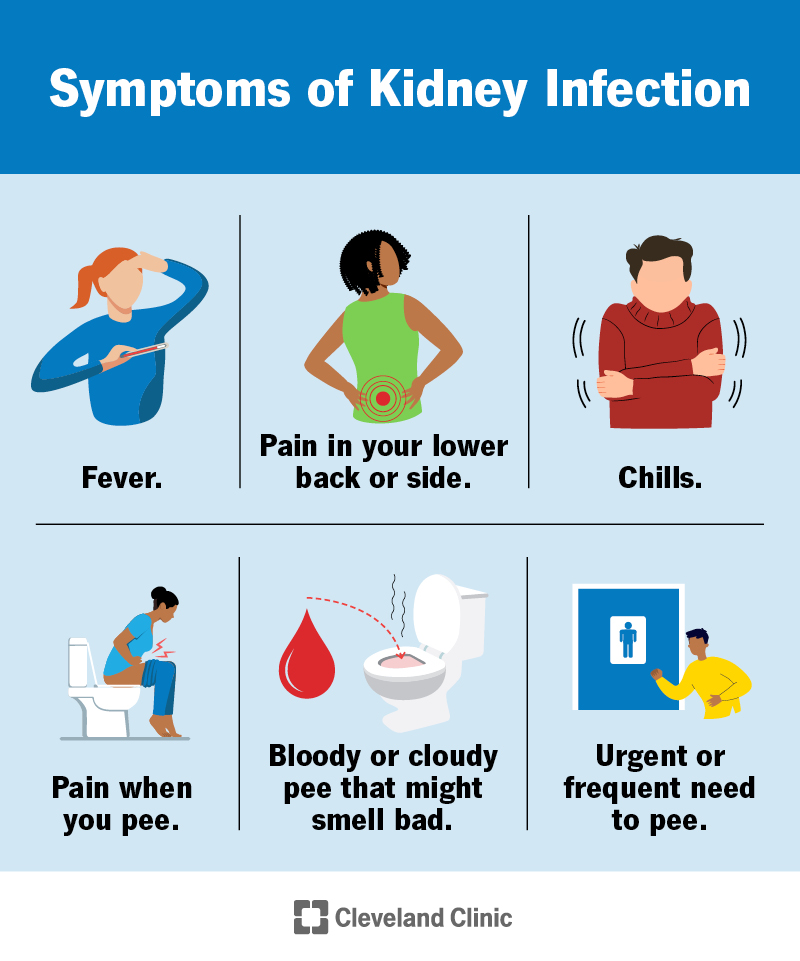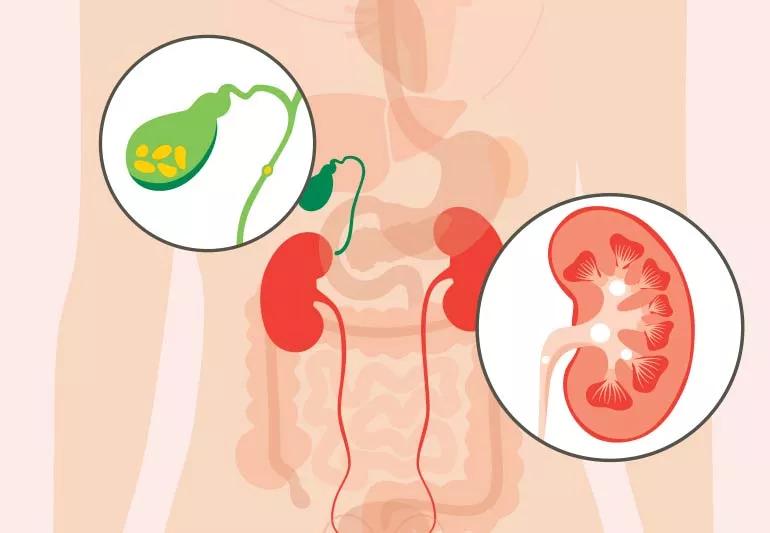Kidney Stones vs UTI: Understanding the Overlapping Symptoms and Treatment Strategies
Wiki Article
Exploring the Manifestations and Causes of Kidney Stones in Contrast to Urinary System Infections: A Detailed Guide
The expedition of kidney rocks and urinary system system infections (UTIs) discloses a complex interaction of symptoms and underlying reasons that warrant careful examination. What are the key differences in their symptoms, and just how might these educate therapy approaches?Review of Kidney Stones
Kidney rocks, likewise referred to as renal calculi, form when certain substances in the pee crystallize and accumulation, causing the advancement of difficult deposits within the kidneys. These stones can differ in dimension, ranging from a grain of sand to a golf ball, and can be composed of numerous products, the most common being calcium oxalate, uric acid, struvite, and cystine. The development of kidney rocks is influenced by several factors, consisting of nutritional practices, fluid consumption, and hereditary tendency.Symptoms of kidney rocks may include extreme discomfort in the back or side, blood in the urine, nausea or vomiting, and constant urination, particularly as the rock relocates through the urinary system system. Diagnosis generally involves imaging research studies such as ultrasound or CT scans, together with urinalysis to identify the rock's composition.
Therapy choices vary based upon the size and kind of stone, along with the intensity of symptoms (Kidney Stones vs UTI). Tiny stones might pass naturally with raised fluid consumption, while bigger stones might require clinical interventions such as lithotripsy or medical removal. Comprehending the pathophysiology and risk aspects connected with kidney rocks is important for reliable prevention and monitoring
Summary of Urinary System Tract Infections
Urinary system system infections (UTIs) are typical microbial infections that affect any kind of part of the urinary system, consisting of the kidneys, ureters, bladder, and urethra. They mostly happen when microorganisms, frequently from the stomach tract, get in the urinary system, bring about swelling and infection. UTIs are classified into two major types: uncomplicated and difficult. Straightforward UTIs generally happen in healthy and balanced individuals with normal urinary systems, while complicated UTIs might arise in individuals with underlying problems, such as architectural problems or compromised immune systems.The frequency of UTIs is especially greater in females than males, largely due to anatomical differences, such as a shorter urethra. Risk factors include sexual activity, certain contraceptive methods, urinary retention, and dehydration. The diagnosis of UTIs is generally confirmed through pee examinations, which might disclose the visibility of germs, white blood cells, or red blood cells.

Signs And Symptoms of Kidney Stones
The discomfort associated with kidney rocks can show up in different ways, often leading people to look for medical focus. Among the most common signs and symptoms is serious pain, commonly local in the lower back or side, which might radiate to the abdomen or groin. This discomfort, typically called sharp or cramping, can take place unexpectedly and may rise and fall in intensity.Additionally, people may experience hematuria, or blood in the pee, which can range from tiny amounts to noticeable discoloration. This symptom might be accompanied click this by adjustments in urinary behaviors, such as enhanced regularity or seriousness, as well as pain during urination. Nausea or vomiting and throwing up are also common, frequently arising from the body's reaction to extreme pain.
In some situations, people may experience fever and chills, specifically if a secondary infection establishes as a result of the obstruction brought on by the rocks. Overall, the combination of extreme discomfort, hematuria, altered urinary patterns, and intestinal signs and symptoms can provide considerable understanding right into the existence of kidney rocks, warranting timely medical examination and treatment. Understanding these signs is vital for prompt medical diagnosis and effective administration of the problem.
Signs of Urinary System Tract Infections
Infections within the urinary tract frequently present a variety of unique signs that can substantially influence day-to-day life. One of the most usual signs and symptoms consist of a relentless impulse to pee, commonly come with by a burning feeling throughout urination, referred to as dysuria. Individuals might additionally experience increased regularity of urination, producing tiny amounts of urine each time.Various other significant symptoms consist of reeky or cloudy urine, which may indicate the presence of germs or pus. In some instances, urine might appear red or pink because of the visibility of blood, a condition referred to as hematuria. Furthermore, people might experience pelvic discomfort or pressure, which can even more worsen the sensation of seriousness.
Systemic symptoms might additionally show up, such as fever, chills, and exhaustion, particularly if the infection has risen to the kidneys. It is essential to find this identify these signs early, as neglected urinary system system infections can lead to extra serious complications. Kidney Stones vs UTI. Motivate medical focus is encouraged when these symptoms are observed, permitting suitable analysis assessment and therapy to minimize discomfort and stop further health and wellness issues
Reasons of Each Condition
Frequently, kidney stones and urinary system infections emerge from distinct yet in some cases overlapping reasons that can influence people differently. Dehydration, inadequate liquid consumption, and high-sodium diet regimens can exacerbate these conditions, promoting condensation within the urinary system system.
Comprehending these unique causes is essential for prevention and therapy. Kidney Stones vs UTI. While way of life adjustments may minimize the threat of kidney stones, suitable hygiene and punctual treatment of urinary system infections are necessary for minimizing their recurrence and linked difficulties
Final Thought
In summary, kidney rocks and urinary tract infections existing distinct signs and underlying reasons. Kidney stones are characterized by extreme pain and metabolic factors, while urinary system tract infections largely include microbial infections causing urinary necessity and discomfort. Both conditions can result in hematuria, their development mechanisms vary considerably. Recognizing these differences is original site essential for effective diagnosis and treatment, ultimately boosting client end results for those impacted by either problem.The exploration of kidney rocks and urinary system tract infections (UTIs) exposes an intricate interplay of signs and underlying reasons that necessitate careful assessment.Urinary system system infections (UTIs) are common bacterial infections that impact any kind of part of the urinary system, including the kidneys, ureters, bladder, and urethra.Regularly, kidney rocks and urinary system system infections arise from unique yet often overlapping reasons that can affect individuals in a different way.In recap, kidney rocks and urinary system system infections existing distinct symptoms and underlying causes. Kidney stones are defined by serious discomfort and metabolic variables, while urinary system system infections largely involve bacterial infections leading to urinary urgency and discomfort.
Report this wiki page